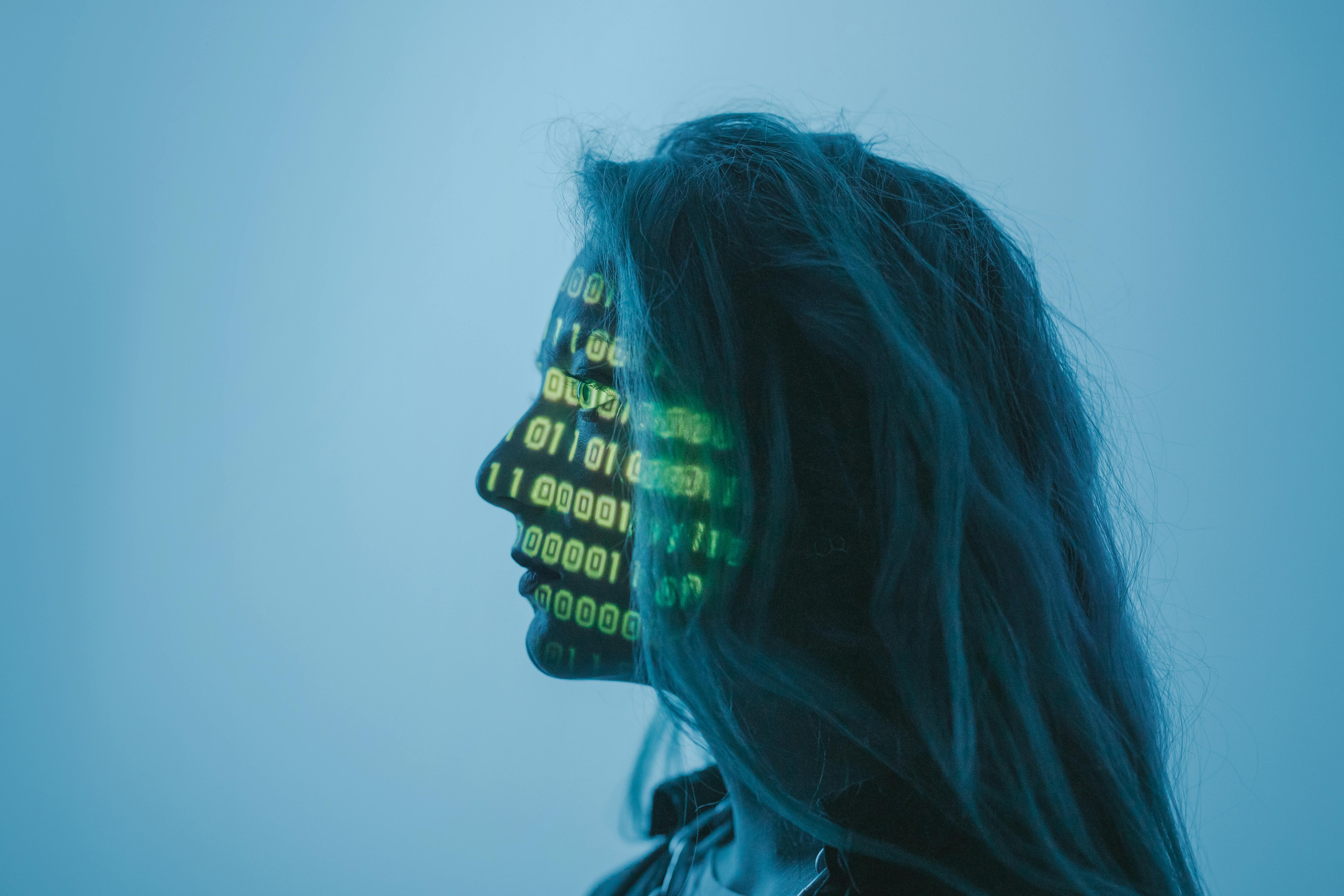Deepfake Technology and Its Cybersecurity Implications in 2025
Published on June 7, 2025 | Nathirsa Blog

Deepfake technology, powered by advances in Artificial Intelligence (AI), has emerged as one of the most significant cybersecurity challenges in 2025. By creating highly realistic but fabricated videos, audio, and images, deepfakes blur the line between reality and fiction, enabling sophisticated fraud, misinformation, and social engineering attacks that threaten individuals, corporations, and governments alike.
What Are Deepfakes and Why Are They Dangerous?
Deepfakes use AI algorithms, especially deep learning, to synthesize media that convincingly mimics real people’s voices and appearances. This technology has legitimate uses in entertainment and education, but its misuse is causing alarming security risks. According to Pindrop’s 2025 report, deepfake attacks have escalated dramatically, with financial fraud, identity theft, and misinformation campaigns becoming more common.
Key Risks of Deepfake Cyber Attacks
- Financial Fraud: Fake videos or voice calls impersonating executives to authorize fraudulent transactions.
- Social Engineering: Manipulating employees or the public through convincing fake messages or videos.
- Political Misinformation: Spreading false information to influence elections or public opinion.
- Reputational Damage: Fabricated content damaging personal or corporate reputations.

Challenges in Detecting Deepfakes
Detecting deepfakes remains a major challenge. Traditional cybersecurity tools are often ineffective against these AI-generated fabrications. Research by Australia’s CSIRO and Sungkynkwan University reveals significant flaws in current detection methods, emphasizing the need for more adaptable and resilient solutions (ITWeb, 2025).
Detection techniques now rely heavily on AI-driven forensic analysis, including:
- Reverse image searches
- Frame-by-frame video analysis
- Metadata examination
- Audio spectrogram analysis to detect unnatural voice patterns
Real-World Deepfake Incidents and Impact
In 2024, a Singapore-based company lost $25 million after an employee was duped by a deepfake impersonation of the CFO, illustrating the financial stakes involved (Security Magazine, 2025).
Financial services firms are particularly vulnerable, with reports indicating a deepfake attack every five minutes in 2024 and a 244% increase in digital document forgeries year-over-year (SecuritySA, 2025).
Mitigation Strategies and Best Practices
Combating deepfake threats requires a multi-layered approach:
- Employee Training: Educate staff to recognize social engineering and deepfake tactics.
- Advanced AI Detection Tools: Deploy forensic AI solutions capable of identifying manipulated media.
- Robust Cybersecurity Stack: Use comprehensive email, endpoint, and mobile security to block impersonation attempts.
- Incident Response Plans: Prepare protocols for verifying unusual requests, especially involving financial transactions.
Looking Ahead: The Future of Deepfake Security
As deepfake technology becomes more accessible, the threat landscape will evolve. According to experts, the next wave of attacks will increasingly target personal vulnerabilities of executives and their families, exploiting emotional manipulation over technical flaws (BlackCloak, 2025).
Organizations must proactively protect not only their digital assets but also the personal digital security of key personnel to prevent costly breaches.
Recommended Video: Understanding Deepfake Cybersecurity Threats
Conclusion
Deepfake technology represents a rapidly growing cybersecurity threat in 2025. Its ability to convincingly mimic real people enables attackers to bypass traditional defenses and exploit human psychology. Organizations must invest in AI-driven detection tools, employee training, and comprehensive security strategies to mitigate these risks and protect their reputation and assets.
Stay informed and prepared with Nathirsa Blog.


No comments:
Post a Comment